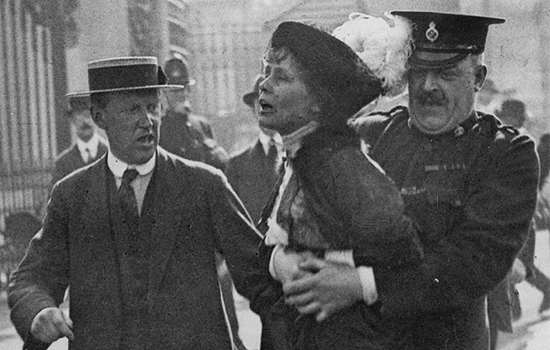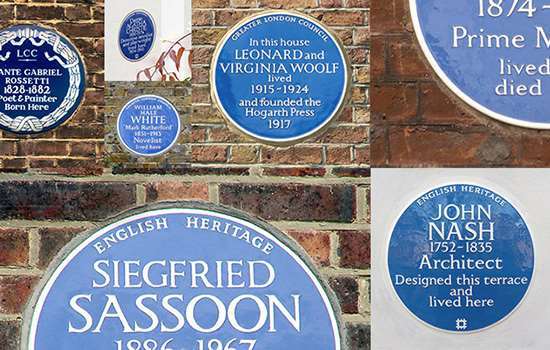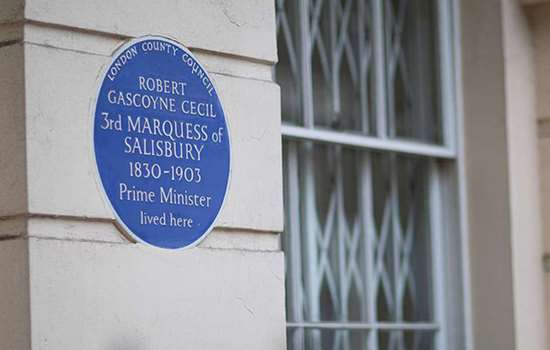FRY, Roger (1866-1934)
Plaque erected in 2010 by English Heritage at 33 Fitzroy Square, Fitzrovia, London, W1P 6AY, London Borough of Camden
All images © English Heritage
Profession
Artist
Category
Fine Arts
Inscription
In this house ROGER FRY 1866–1934 Artist and Art Critic ran the OMEGA WORKSHOPS 1913–1919
Material
Ceramic
Early life and career
Roger Fry, who is associated with the Bloomsbury Group of artists and writers, was born in Highgate, London. He attended Clifton College, Bristol, and took a first in natural sciences at King’s College, Cambridge, but decided to pursue an artistic career.
Fry studied painting at the Académie Julian in Paris, and continued to paint and exhibit for the rest of his life, but it was as an art historian and critic that his reputation was made. Having published a monograph on Giovanni Bellini in 1899, he became art critic for the Athenaeum in 1901, and two years later helped to found the National Art Collections Fund and the Burlington Magazine.
In 1906 Fry was appointed Curator of Paintings at New York’s Metropolitan Museum of Art. He later worked as its European adviser before leaving in 1910. Back in London, he staged a landmark exhibition of modern French works at the Grafton Galleries, ‘Manet and the Post-Impressionists’, featuring Cézanne, Gauguin, van Gogh and Matisse. A second exhibition was held in 1912, and Fry emerged as the leading apostle of modern art. The term ‘post-impressionist’ originated with him.
The Omega Workshops
Fry’s Omega Workshops were set up in 1913 at 33 Fitzroy Square, part of a terrace by the Scottish architect Robert Adam (1728–92). This ground-breaking collective venture in the production and sale of objects of ‘minor art’ – ceramics, furniture, carpets, textiles and murals – involved such artists as Duncan Grant, Vanessa Bell, Henri Gaudier-Brzeska, Dora Carrington and Wyndham Lewis, but all the work was anonymous, being signed only with the Greek letter 'Ω'. Number 33 Fitzroy Square functioned as a workshop, a gallery and – on Thursday nights – as a club, with guests including George Bernard Shaw and WB Yeats.
Though its influence on domestic design has been lasting, and the artefacts produced at the Fitzroy Square workshops are now much prized by collectors, it was never a commercial success in its own time, and closed in 1919.
Influence
Fry was one of the first critics to acknowledge the importance of Native American and African art, and it was partly this interest which helped confirm his standing as an influential critic. Latterly he showed his cultural range by translating the poems of, among others, Stéphane Mallarmé (1936), writing monographs on Cézanne (1927) and Matisse (1930), and broadcasting for the BBC. A retrospective exhibition of his paintings in 1931 was well received; further recognition came two years later, when he was made Slade professor at Cambridge.
Fry died on 9 September 1934 as a result of complications arising from a fall at his later home in Bernard Street, Bloomsbury.
Nearby Blue Plaques
More About Blue Plaques



